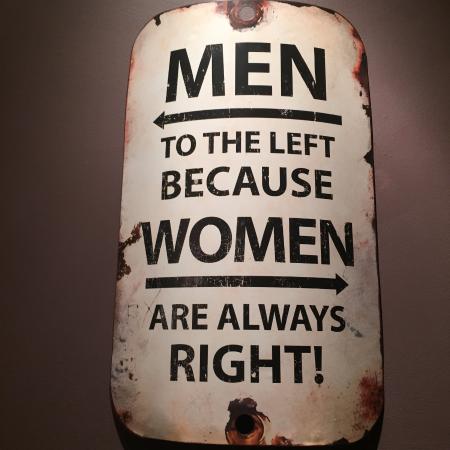Multicultural identification has a lengthy and rich record in Japanese American families. They have traveled across waters https://healthypsych.com/18-communication-tips-for-couples/, embraced populations, and built residences where they and some like them feel at home. They have fought against interracial relationship bans throughout our story, and as times and circumstances shift, their successors continue to build multiracial families. The Visible & Invisible: A Story of Mixed-racial Japanese Americans exhibition examines the diverse and complex past of this society and how it has changed as inter-ethnic and Pan-asian names have become more widely accepted in tomorrow’s society.
Prior studies on the patterns of racial and ethnic combination have concentrated on analyzing assimilation in the environment of antimiscegenation laws and pre-civil rights union markets. According to the hypothesis ( Austin, 2007, Kashima, 1980 ), https://www.japanesedatingsites.org/things-to-know-before-dating-japanese-girls/ the tendency toward in-group marriage among a particular racial or ethnic group has historically declined over time.

However, these estimates are biased because of compositional influences on intermarriage estimates ( e .g., nativity of spouses ). By using log-linear models to remove these compositional influences, we discover that the postwar relocation cohort’s tendency to marry within a given class significantly decreased compared to the prewar cohort.
This is mainly because marriages to White people are more common, as well as that heightened isolation for those who were interned during World war ii is now legal. Any hopes of continuous assimilation were dashed by this increased rejection, which strengthened racial and ethnic restrictions into the post era.
